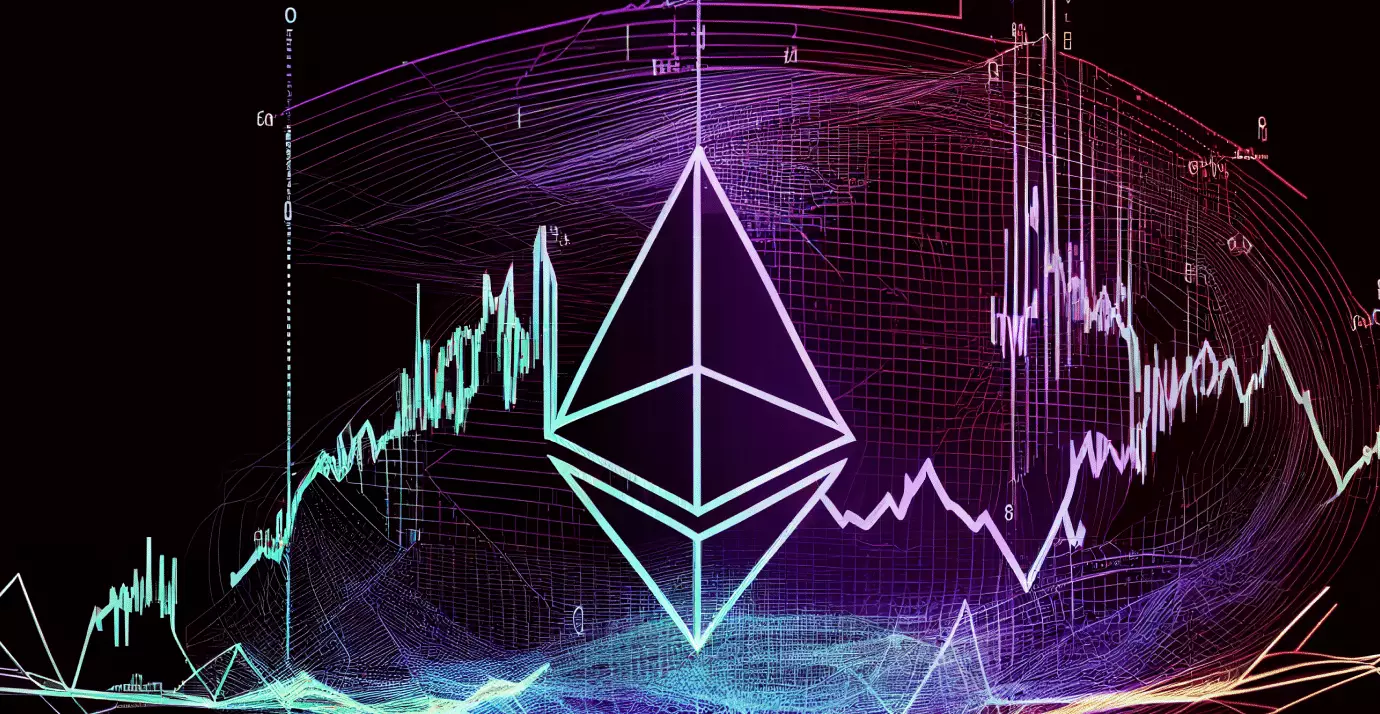Ethereum, the world’s second-largest cryptocurrency, is on the verge of significant changes as its co-founder, Vitalik Buterin, plans to revolutionize the staking process and address scalability challenges. In a recent interview with the NFT platform Defiant while in Turkey, Buterin outlined his vision for the future of Ethereum and shed light on some key initiatives that will shape its trajectory. Let’s delve into the details and explore what lies ahead for the popular blockchain platform.
A central concern raised by Buterin during the interview was the issue of staking centralization. Recognizing the importance of decentralization within the Ethereum network, Buterin emphasized the need to reform Ethereum’s staking process. The goal is to enable more effective mining and staking pools, ultimately bolstering the platform’s decentralization. By making this change, Ethereum aims to create a more inclusive ecosystem where a larger number of participants can actively engage in the network’s decision-making processes.
Introducing Danksharding: A Solution for Data Availability
To improve scalability and efficiency, Ethereum plans to implement the Ethereum Improvement Proposal (EIP) 4844, also known as Danksharding. This upgrade aims to significantly increase the data map space to 16 Megabytes per slot. This enhancement will address the current challenges of data availability in off-chain systems, which have been sluggish due to growing demands. By increasing the data map space, Ethereum will be able to handle larger volumes of data, ultimately improving its overall performance.
Buterin also proposed the adoption of a new voting system for future changes on the Ethereum network. This system aims to offer a more democratic and less disruptive process, potentially eliminating the need for hard forks. By implementing this approach, Ethereum hopes to streamline decision-making and create a more collaborative environment for the network’s stakeholders. This strategic move aligns with Ethereum’s ongoing evolution to tackle scalability challenges while ensuring the platform remains adaptable and responsive.
The Dencun Upgrade: A Milestone in Ethereum’s Development
Slated for early 2024, the Dencun upgrade is poised to be a significant milestone in Ethereum’s development journey. This upgrade plays a pivotal role in improving Ethereum’s scalability, efficiency, and decentralization. With the implementation of Dencun, Ethereum aims to enhance its infrastructure, enabling faster transaction processing and greater accessibility for users worldwide. This upgrade highlights Ethereum’s commitment to continually evolving and addressing the challenges hindering its growth.
Exploring the Unspent Transaction Output (UTxO) Model
During the interview, Buterin also mentioned the potential adoption of the Unspent Transaction Output (UTxO) model, which is currently employed by blockchains like Bitcoin and Cardano. This exploration indicates Ethereum’s willingness to consider various strategies to overcome the existing challenges within its network. However, this idea triggered a humorous response from Charles Hoskinson, the founder of Cardano, who sarcastically remarked that Ethereum is just now discovering solutions that Cardano has been working on for years, adding a playful jab to the discussion.
Vitalik Buterin’s plans for overhauling Ethereum’s staking process and enhancing scalability demonstrate a forward-thinking approach to address the challenges faced by the world’s second-largest cryptocurrency. By embracing improvements such as Danksharding, instituting a more democratic voting system, and exploring alternative models like UTxO, Ethereum is positioning itself for a brighter future. With the Dencun upgrade, Ethereum aims to reach new milestones in scalability, efficiency, and decentralization. As the Ethereum community eagerly anticipates these changes, it is evident that Ethereum is committed to continuous growth and innovation.

